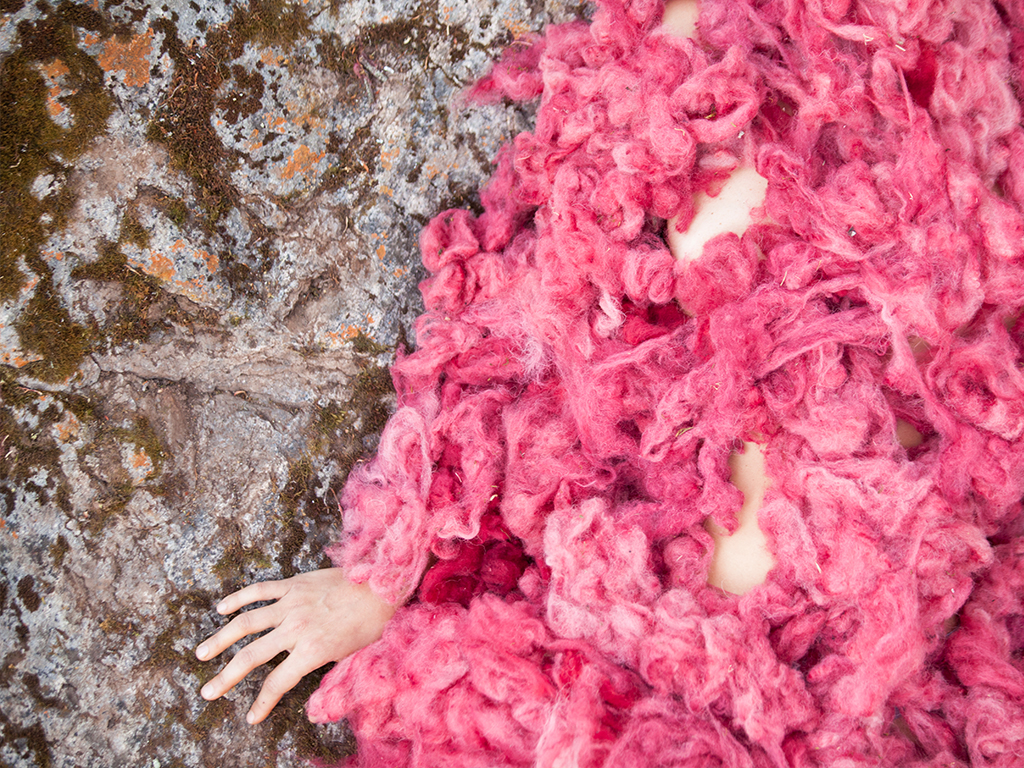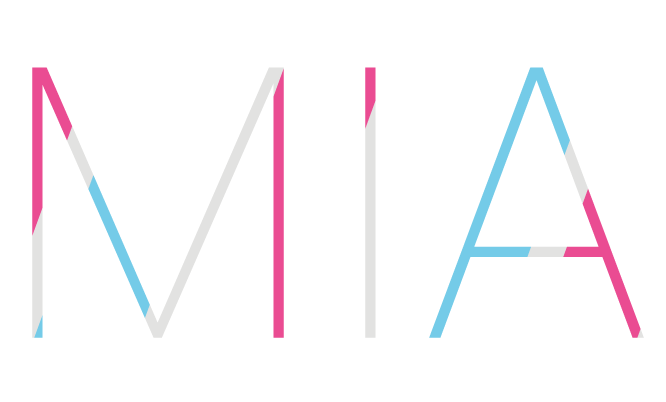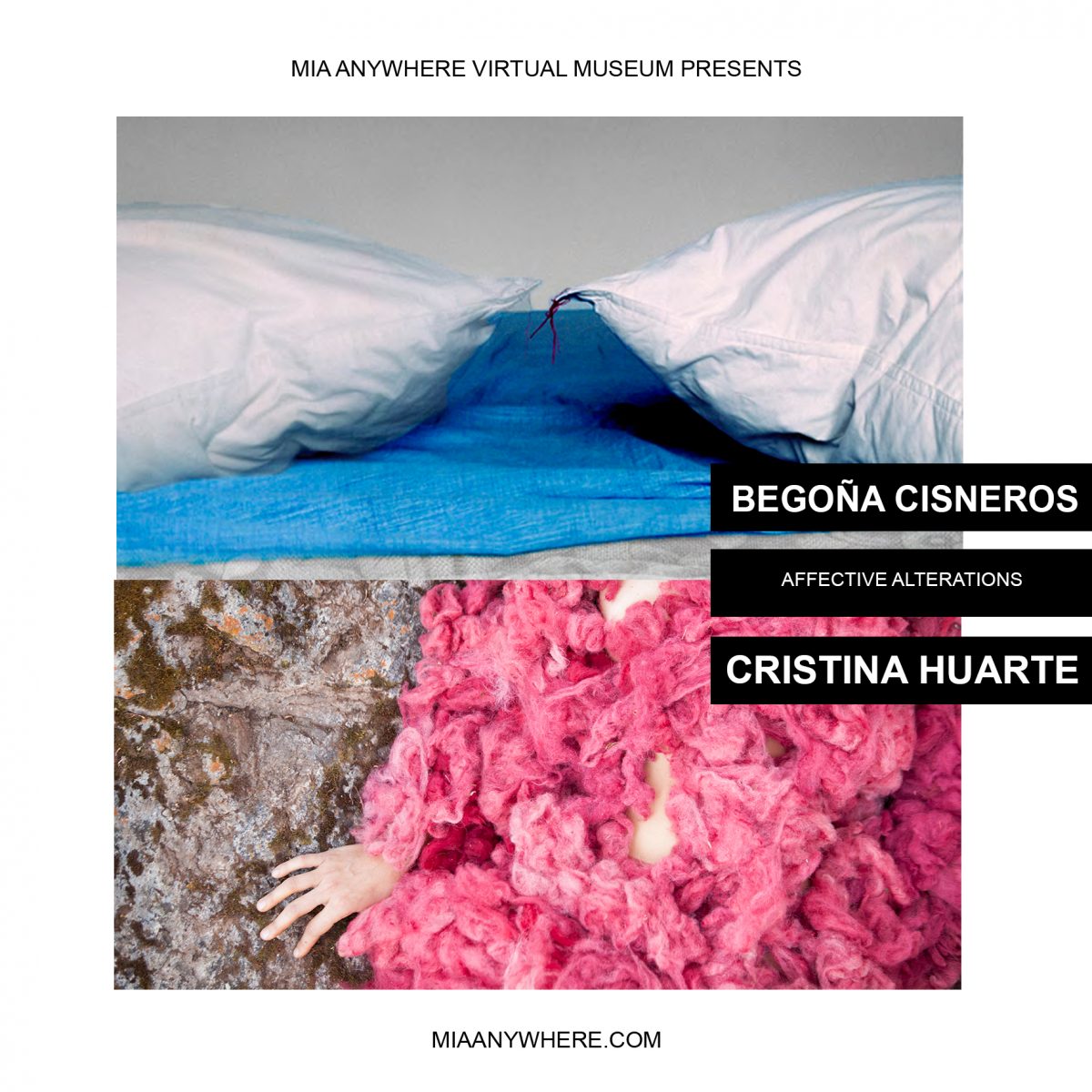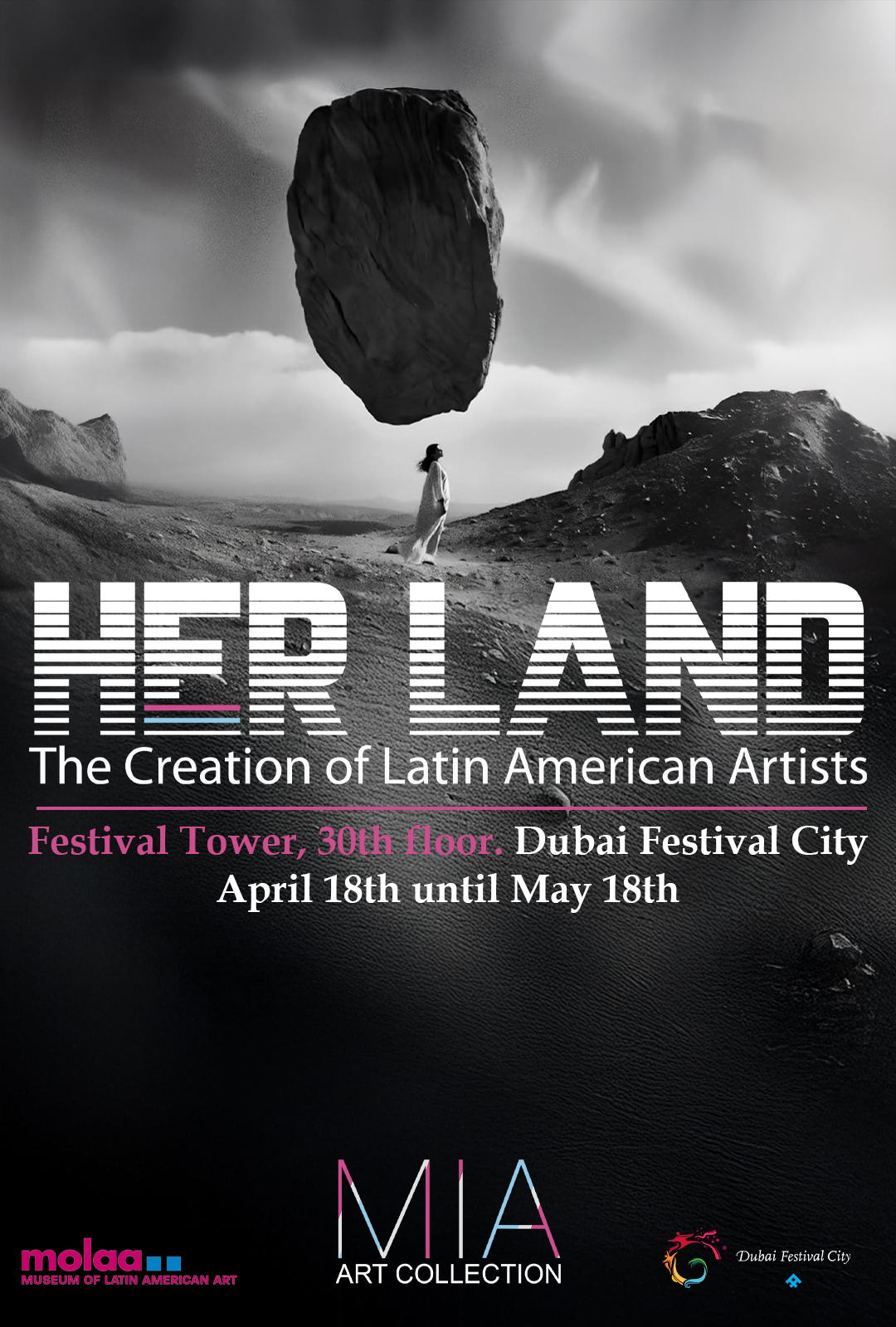Affective Alterations
What is the role of material culture in understanding the past, with a female point of view? ‘Affective alterations’ is the name of our new exhibition inside our MIA virtual museum that explores this question.
In Timothy LeCain’s The Matter of History and Peter Miller’s History and its objects, we can find a new post-anthropocentric understanding of the past, one that reveals how powerful organism and things help to create humans in all their dimensions, biological, social and cultural, but history itself has a lack of a female point of view or woman’s perspective, when we consider what it means to think historically with artworks and to treat them as compelling evidence of a shared history of women, human and nature.
We present here, two dimensions to ask this question: one is through “light” that Begoña Cisneros art works have. (Zaragoza, Spain, 1972), she manages to concentrate through photography, the capture of a perfect equation between lights (the light that reflects, the one that surrounds, the one that appears, the one that accompanies, the one that humanizes objects and they transform into memories) turning his photographic process into an historical memory. The softness that is perceived when observing his photographic work is an exercise of the senses towards calm: “When I photograph spaces, they have, apparently, nothing human or warm, and despite this desolation, they are less bleak for those who look at them; somehow they are reflected on them, diminishing their feeling of loneliness. “ Says Cisneros herself about her work.



The other path we present is through Cristina Huarte’s art work. To her, “Creativity involves nothing less than the salvation of the person, an existential salvation from neurosis, from angst, and from fear – understanding that creativity lives in the throes of a non-creative theater that tends to perpetuate creativeness under malaise conditions that are held within, instead of those conditions being externalized and thus abolished through creativity”.

Her work is a symbolic fight of culture reluctant to perish. Reminding us how “Qantu” was a flower, but also an historic symbol, being the only survivor of a terrible drought that devastated the land of the Quechua people. With her work, she can explore the train of thought and paradigm that underpins the cultural values with which ancestral teachers recreated the view of the world, values which can be contextualized with the Western world.


